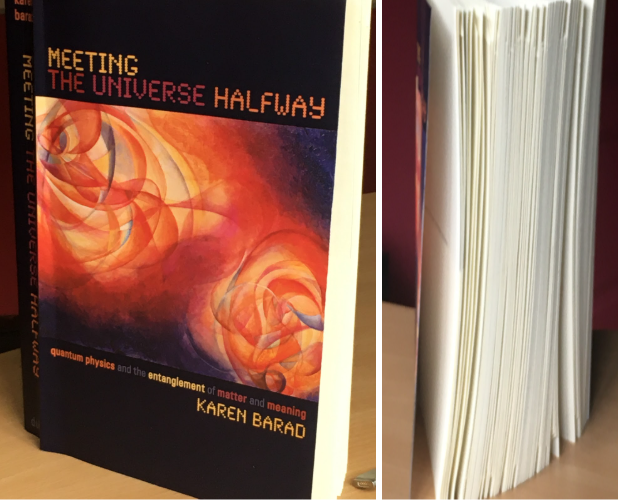As NeuroEpigenEthics Team members, Kristien Hens and I, Gert-Jan Vanaken, co-authored a recently published paper in European Child and Adolescent Psychiatry on the ethics of returning children’s individual research findings.
We are both involved in the ethics work package of the ongoing longitudinal, infant development study, i.e. Tracking Infants At Risk for Autism (TIARA). In this study, infants between the age of 5 and 36 months take part in behavioural, neurological, metabolic and genetic assessments at 5 points in time. Hereby, we came across the question whether children’s individual findings should be returned to parents throughout the study. For example, what to do, when at one point in time a child obtains an above average test result on an observation scale for autistic behaviour? Do we return this information directly, risking that from now on the child is seen and treated as ‘a little autistic’? What to do if there are multiple indicators that the child might benefit from obtaining a clinical diagnosis of an autism spectrum disorder?
Contrary to genetic research, there is a rather liberal tendency for behavioural researchers to return findings to parents as a form of research compensation. We believe however that the interests of the child are not always optimally served by such systematic return; and since the child is strictly speaking the research participant, her interests should be centre stage.
In the paper we identified and discussed different bioethical principles and concepts that, we believe, can act as building blocks to design an individual return of results policy in behavioural research with minors. We argued that TIARA-participants live in a particularly vulnerable relationship towards the researchers. Therefore, the so called researchers ancillary care responsibility seems to apply. This implies an obligation to contribute to participants’ well-being beyond the minimal care to keep the study running, for example by sharing relevant study findings with them. However, we claimed that this obligation should be balanced by principles of beneficence and non-maleficence (Does the child actually benefit from the feedback? Or does it invoke a harm, for example that of unwarranted labelling), and by the child’s right to an open future (Do we close off future opportunities of the child by disclosing certain findings?).
Based on these considerations, we decided together with our clinical research colleagues to restrict the systematic return of children’s individual research findings in TIARA to cases where findings are considered clinically significant and actionable for the child. Practically, this is accomplished by making a case-by-case analysis by a multidisciplinary team. When findings are not actionable, parents receive a reassuring report stating that the team does not worry about the child’s development. In case findings are considered actionable, the relevant individual findings are disclosed and a clinical referral is made. As such, we believe to have designed a policy that acknowledges a parent’s legitimate interest in their child’s findings while also protecting the child’s stakes as a vulnerable research participant.
If you are interested to read our full paper, you can find it here.
